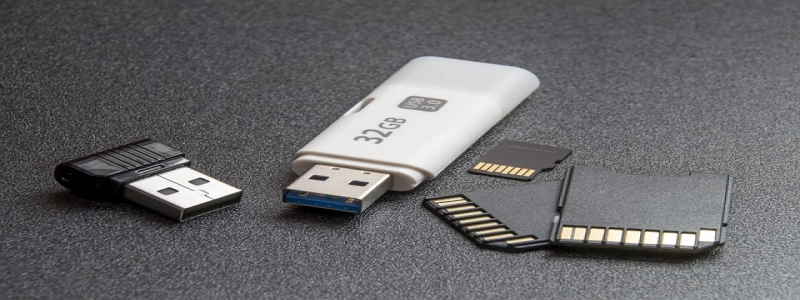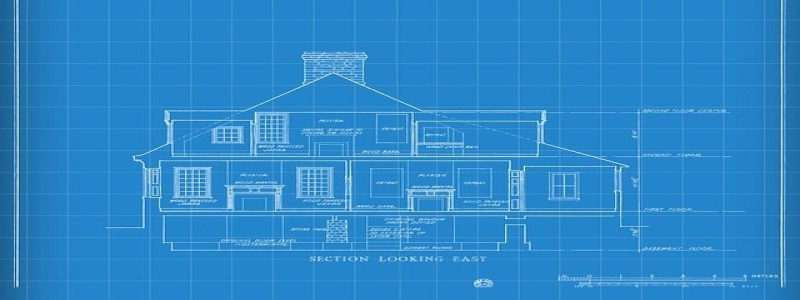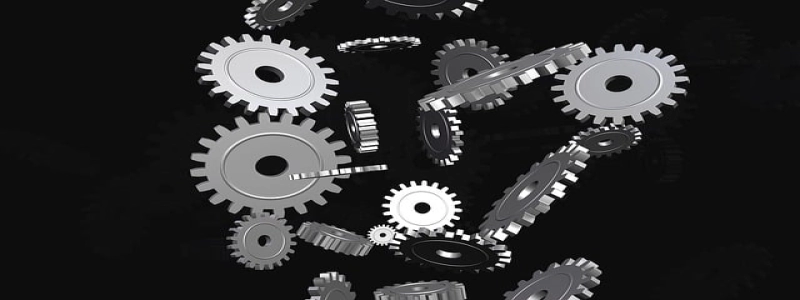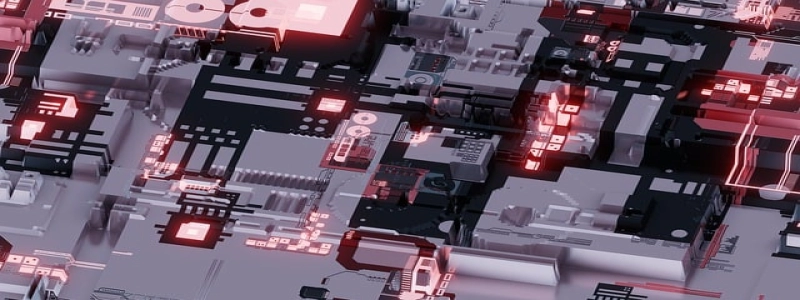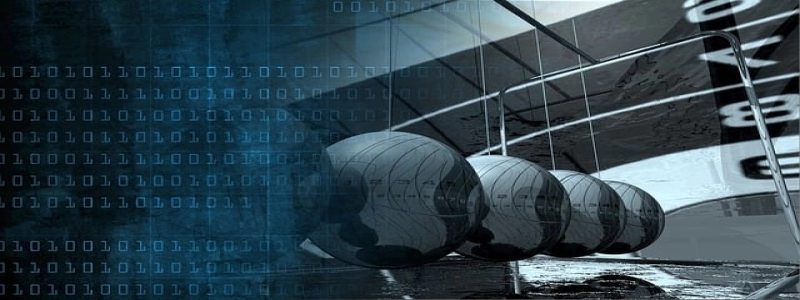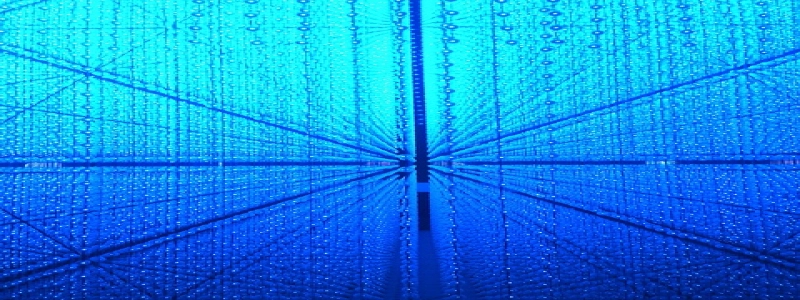Optical Ethernet Cable: The Future of High-Speed Internet Connectivity
Introduction:
In today’s fast-paced world, the demand for high-speed internet connectivity has never been higher. As technology continues to advance rapidly, traditional copper-based Ethernet cables are gradually being replaced by the superior optical Ethernet cables, which provide an unprecedented level of speed, reliability, and security. In this article, we will explore the benefits of optical Ethernet cables and their potential to revolutionize the way we connect to the internet.
I. The Basics of Optical Ethernet Cables:
A. Structure and Composition:
1. Core: Made of high-quality glass or plastic fibers.
2. Cladding: Surrounds the core to enhance light transmission.
3. Protective Coating: Provides mechanical protection to the cable.
B. How It Works:
1. Transmitting Data: Digital signals are converted into light signals and transmitted through the core.
2. Receiving Data: Light signals are converted back into digital signals for processing by network devices.
II. Unparalleled Speed and Bandwidth:
A. Fiber Optic Technology:
1. Superior Speed: Optical Ethernet cables can achieve data transfer rates of up to 100 Gbps and beyond.
2. Enhanced Bandwidth: The large capacity of optical fibers allows for the simultaneous transmission of multiple data streams without compromising speed.
B. Eliminating Data Bottlenecks:
1. Reduced Latency: Optical Ethernet cables offer minimal delay, ensuring real-time data transmission.
2. Increased Network Efficiency: With higher bandwidth and speed capabilities, optical Ethernet cables eliminate bottlenecks and facilitate faster data transfers even during peak usage.
III. Enhanced Reliability and Security:
A. Immunity to Electromagnetic Interference:
1. Unlike copper-based cables, optical Ethernet cables are not susceptible to electromagnetic interference, ensuring uninterrupted data transmission.
2. Reliable Connectivity: Optical fibers are resistant to environmental factors such as moisture, temperature fluctuations, and corrosion, making them highly reliable.
B. Enhanced Security Measures:
1. Difficult to Tap: Optical cables do not emit electromagnetic signals, making them significantly harder to tap into compared to copper cables.
2. Data Encryption: Optical Ethernet cables can utilize advanced encryption techniques to ensure the security and privacy of transmitted data.
IV. Application in Various Industries:
A. Telecommunications:
1. Optical Ethernet cables form the backbone of high-speed internet networks, enabling seamless communication and data transfer.
2. Enables the provision of reliable internet and telephone services to businesses and consumers.
B. Data Centers:
1. Optical Ethernet cables connect servers in data centers, facilitating rapid and efficient data transfers.
2. Crucial for cloud computing, streaming services, and large-scale data storage and processing.
C. Healthcare:
1. Optical Ethernet cables enable fast and secure transmission of medical records, diagnostic images, and real-time patient monitoring, improving the efficiency of healthcare services.
Conclusion:
As the demand for high-speed internet connectivity surges, optical Ethernet cables have emerged as the technology of the future. With their unparalleled speed, bandwidth, reliability, and security, optical Ethernet cables are set to revolutionize the way we connect to the internet. Its application in telecommunications, data centers, healthcare, and many other industries makes it an essential component of our daily lives. The transition from traditional copper-based cables to optical Ethernet cables marks a new era of connectivity, propelling us towards a faster, more reliable, and secure internet experience.
